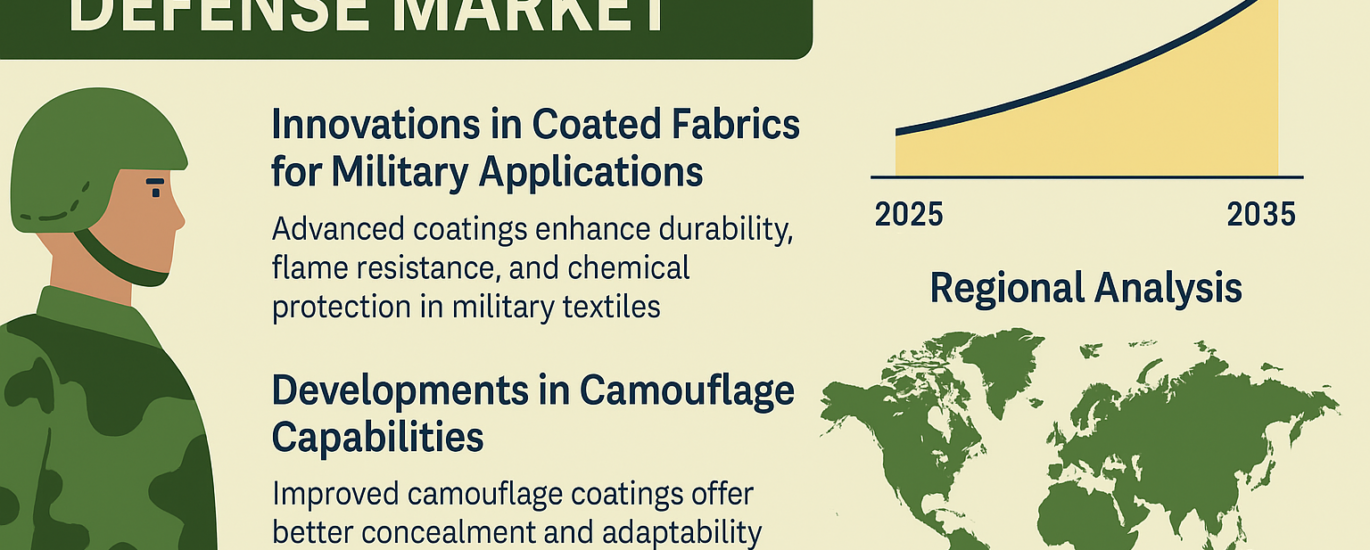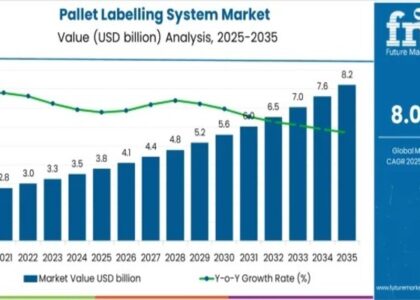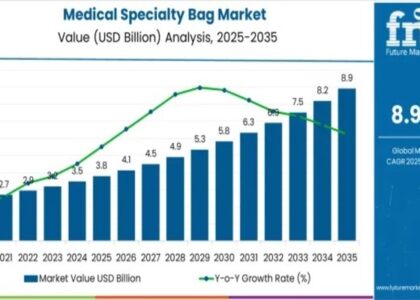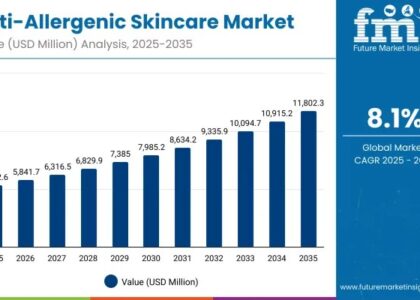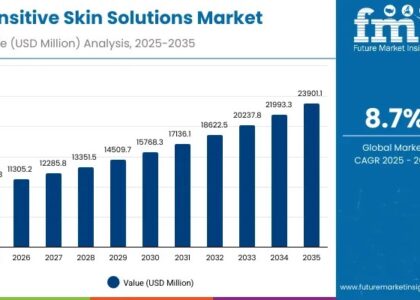Modern warfare isn’t just fought with steel and silicon. Increasingly, it’s being shaped by something deceptively simple — fabric. But not the kind you’d find in a department store.
We’re talking about coated fabrics for defense: high-performance materials engineered to withstand chemical attacks, fire, ballistics, and battlefield hell. They don’t headline arms deals. They don’t get showcased in glossy defense expos. But behind every tactical vest, decontamination tent, and stealth canopy lies one undeniable truth — these fabrics save lives.
According to Future Market Insights, the Coated Fabrics for Defense Market is projected to expand from USD 4,883.7 million in 2025 to USD 7,023.2 million by 2035, clocking a CAGR of 3.7%. That’s not fluff. That’s a hardened signal that militaries around the world are racing to upgrade not just their weapons, but their materials science.
And yet, despite this growth, there’s a glaring problem: invisibility.
Policymakers still treat defense textiles as second-tier — tucked away under “support equipment” budgets. Meanwhile, threats like chemical warfare, extreme climates, and drone-carried bioweapons are increasing. It’s an open secret among military R&D insiders: without advanced coated fabrics, our soldiers are woefully underprotected.
Request Report Sample: https://www.futuremarketinsights.com/reports/sample/rep-gb-6762
Let’s talk about NBC-resistant suits (nuclear, biological, chemical). These garments rely on multi-layered coated fabrics with activated carbon and fluoropolymer barriers. They must be breathable, lightweight, flame-retardant, and impermeable — all at once. Not easy. But essential. And as asymmetric warfare spreads, so too does the need for these silent shields.
Here’s where the conversation gets urgent. Most coated fabric supply chains are still dangerously centralized. The U.S., for instance, relies heavily on a small group of domestic and allied manufacturers for ballistic-grade textiles and chemical suits. If that flow gets interrupted — by geopolitics, trade wars, or raw material scarcity — our defense readiness takes a direct hit.
Even worse, innovation is stagnating in certain segments. Flame-retardant coatings still lean heavily on halogenated compounds. Bio-based coatings? Still niche. Smart fabrics that can detect gas leaks or temperature shifts in real time? Prototypes at best. For a market with such critical stakes, the complacency is borderline reckless.
Let’s be clear: coated defense fabrics are not a luxury. They’re a frontline necessity. We send soldiers into conflict zones where terrain, toxins, and temperature can kill just as swiftly as bullets. If we’re not aggressively investing in advanced textile science, we’re failing them — plain and simple.
There are bright spots. According to FMI, global investment in multifunctional coatings — antimicrobial, radar-absorbing, self-healing — is beginning to rise. Some militaries are experimenting with graphene-coated fibers. Others are pushing for fully recyclable combat uniforms. But the transition is slow. Too slow.
The bottom line?
In an age of hypersonic missiles and AI drones, it’s easy to overlook the humble fabric. But doing so is a strategic error. The Coated Fabrics for Defense Market isn’t just growing — it’s evolving. It’s becoming smarter, more integrated, and absolutely vital to future battlefield dominance.
The question is: Will we keep treating it as an afterthought, or finally give it the urgency and funding it deserves?
Browse the Complete Report: https://www.futuremarketinsights.com/reports/coated-fabrics-defense-market


